711 LAB + metris
Stefan Werrer (DE)
Andreas Bartels (DE)
Thorsten Erl (DE)
711 LABOR FÜR URBANE ORTE UND PROZESSE
Stefan Werrer (DE), architectTalstrasse 41, 70188 Stuttgart – Deutschland
+49 711 93591995 – info@711lab.com
www.711lab.com
METRIS ARCHITEKTEN BDA
Andreas Bartels (DE), architectThorsten Erl (DE), architect
Vangerowstr. 16/1, 69115 Heidelberg – Deutschland
t +49 6221 6593241 – f +49 6221 6593242
info@metris-architekten.de – www.metris-architekten.de

A. Bartels, T. Erl & S. Werrer
When did you win Europan? On which site and in which country? How was the team formed by then? Please describe the main ideas of your project?
E9, Babenhausen (DE) – "Grünkern"
Team: Andreas Bartels, Thorsten Erl & Stefan Werrer
Our proposal “Grünkern” for Babenhausen (DE) won Europan 9 in 2008.
As teaching colleagues at Universität Stuttgart we had been collaborating on various research and design projects in the field of architecture and urbanism since 2006 and decided to join forces for Europan 9. We chose the site for several reasons –one being proximity; it was the former Babenhausen military base.
The proposed strategy of urban inversion is based on two radical premises: rigorous demolition of all existing structures within the limits of the future open space, and therefore a complete unsealing of the surfaces on one hand and maximum preservation of existing structures outside the perimeter with options for re-use, modernization or retrofitting on the other. This strategy allows the combination of urban growth and landscape development. “Grünkern Babenhausen“ forms the heart of the so far neglected Southern urban area of Babenhausen. It offers big opportunities for the City of Babenhausen to establish an innovative and dynamic community profile and thus attract attention on a national and international level.
Did your project have any follow-up? If yes, which one and how? Did this step have a learning effect for you as far as the process is concerned? If yes, which one? If not, why did the project not go further?
After the City Council passed a resolution for the sustainable urban development of the site in 2009, we initiated the formation of an integral planning team to develop a masterplan based on our winning project. All the relevant aspects –mobility, water management and energy tailor-made concepts– were prepared and combined into an integral vision, which was presented onsite to the public in september 2011.
As a nationwide pilot project for sustainable urban development this masterplan has received a silver certificate from the German National Building Council (DGNB) in 2011, supporting the upcoming marketing of the project and safeguarding the quality of the development.
Today –after a long and difficult process to find suitable investors and the decision to use part of the area as housing for refugees– we have just been asked by the municipality to be involved once again and update the masterplan.
Did winning Europan launch the creation of a professional structure and if so, which structure and with whom?
At the time when we participated in Europan 9 we already had our respective offices established. Winning in Babenhausen and subsequently being commissioned with the masterplan helped a lot to establish our collaboration in the field of urban planning. It presented an opportunity to test our context-oriented attitude towards urban development. This undogmatic and optimistic approach tries to balance freedom and regulation. It aims to reveal opportunities that exceed the very reality of the existing.
For the first time in our professional career we were –and still are– able to deal with an integrated urban process and guide it with our ideas from masterplan to the built environment.
The unvaluable thing this specific project taught us is patience or even more persistence. An experience we can fall back on ever since.
Did winning Europan have a label effect for you after the competition (acknowledgement by clients, call to participate to competitions or direct order)? If yes, how? Do you feel being part of a “Europan generation” and if so, why?
Winning Europan certainly added to the reputation of our offices. And of course it helped enter other competitions. But today we feel that forming personal relations with other Europan winners from different generations has had much larger influence on us. Of course we have a distinct relation with other Europan 9 winners but we like to think of ourselves much more as members of a “Europan family”. As such we are constantly involved in promoting the idea of Europan and convincing municipalities to participate with interesting sites.
Did the issue developed in your winning project(s) act as a baseline for the later development of your work? If yes, how? And more specifically in which projects –implemented or not?
Dealing with a 140ha military conversion site owned by a federal agency is a very special experience. It has its own stakeholders and also its own politics. By applying tailor-made design concepts and flexible strategies for urban transformation based on analysis and intuition we were able to initiate a consensus oriented development process. This achievement was recognised by all parties involved and led us to evolve in this field of work.
Today we are –amongst other projects– involved in several development processes dealing with military conversions. In Heidelberg we are supervising the development of 200 ha former military sites as partners in a transdisciplinary team. Within this project we try to further develop our idea of integrated urban design beyond participation and feasabilty. Within the context of one of these areas in Heidelberg we have also been able to generate a site for Europan 12.
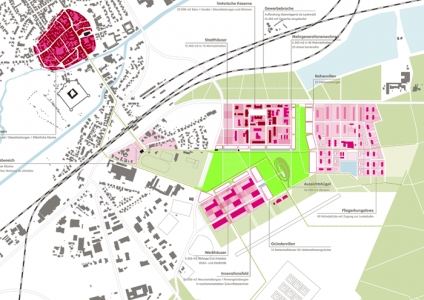 E9 Babenhausen (DE) – Urban strategy
E9 Babenhausen (DE) – Urban strategy
 E9 Babenhausen (DE) – Urban design
E9 Babenhausen (DE) – Urban design
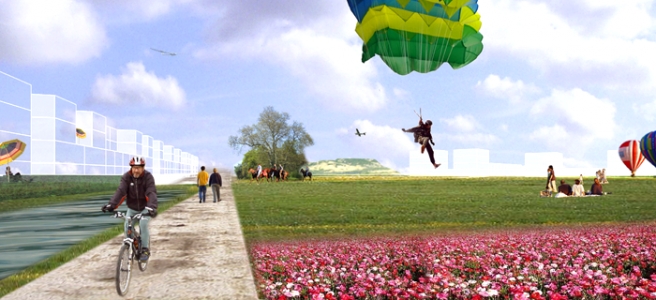 E9 Babenhausen (DE) – Perspective
E9 Babenhausen (DE) – Perspective
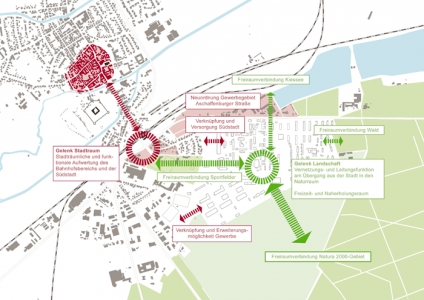 Babenhausen (DE) – Potentials for urban
Babenhausen (DE) – Potentials for urban 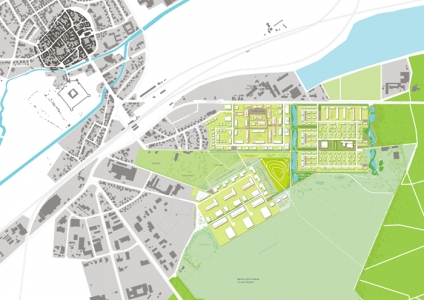 Babenhausen (DE) – Masterplan
Babenhausen (DE) – Masterplan
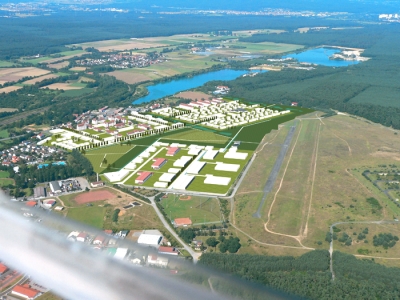 Babenhausen (DE) – Aerial view
Babenhausen (DE) – Aerial view
 Babenhausen (DE) – Development process
Babenhausen (DE) – Development process
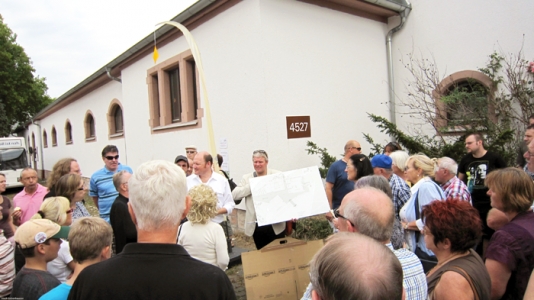 Babenhausen (DE) – Public masterplan
Babenhausen (DE) – Public masterplan 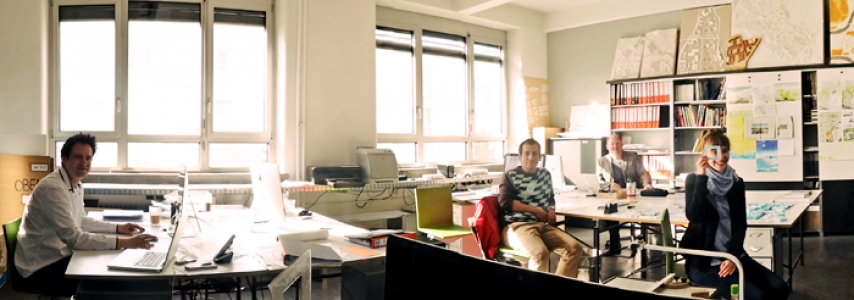 711 Labor für urbane Orte und Prozesse
711 Labor für urbane Orte und Prozesse
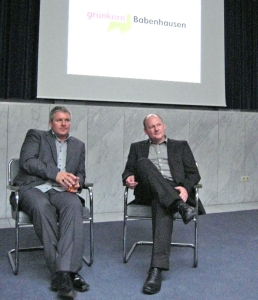 Thorsten Erl and Stefan Werrer presenting
Thorsten Erl and Stefan Werrer presenting 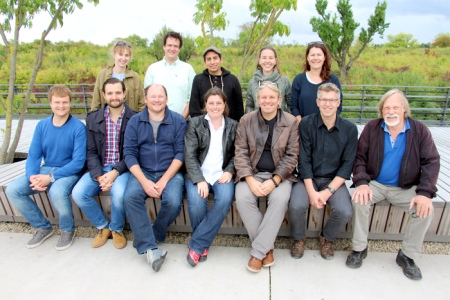 Team members of metris and 711LAB
Team members of metris and 711LAB  Heidelberg (DE) – Urban dynamics
Heidelberg (DE) – Urban dynamics
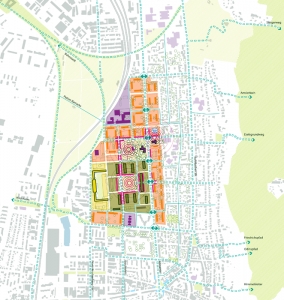 Heidelberg Südstadt (DE) – Development concept
Heidelberg Südstadt (DE) – Development concept
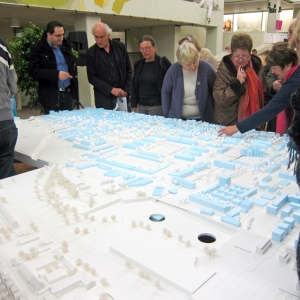 Heidelberg Südstadt (DE) – Participation
Heidelberg Südstadt (DE) – Participation
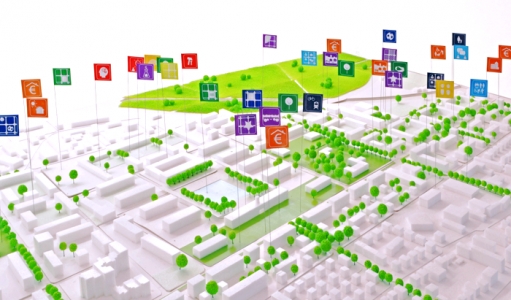 Heidelberg Südstadt (DE) – Concept model
Heidelberg Südstadt (DE) – Concept model
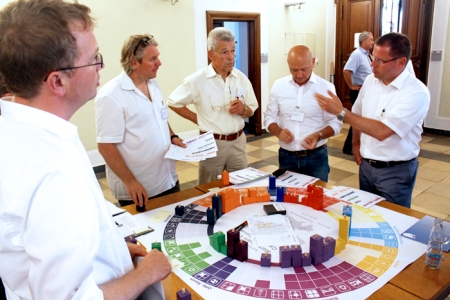 Heidelberg Südstadt (DE) – Evaluation process
Heidelberg Südstadt (DE) – Evaluation process
 Heidelberg Südstadt (DE) – Stakeholder
Heidelberg Südstadt (DE) – Stakeholder